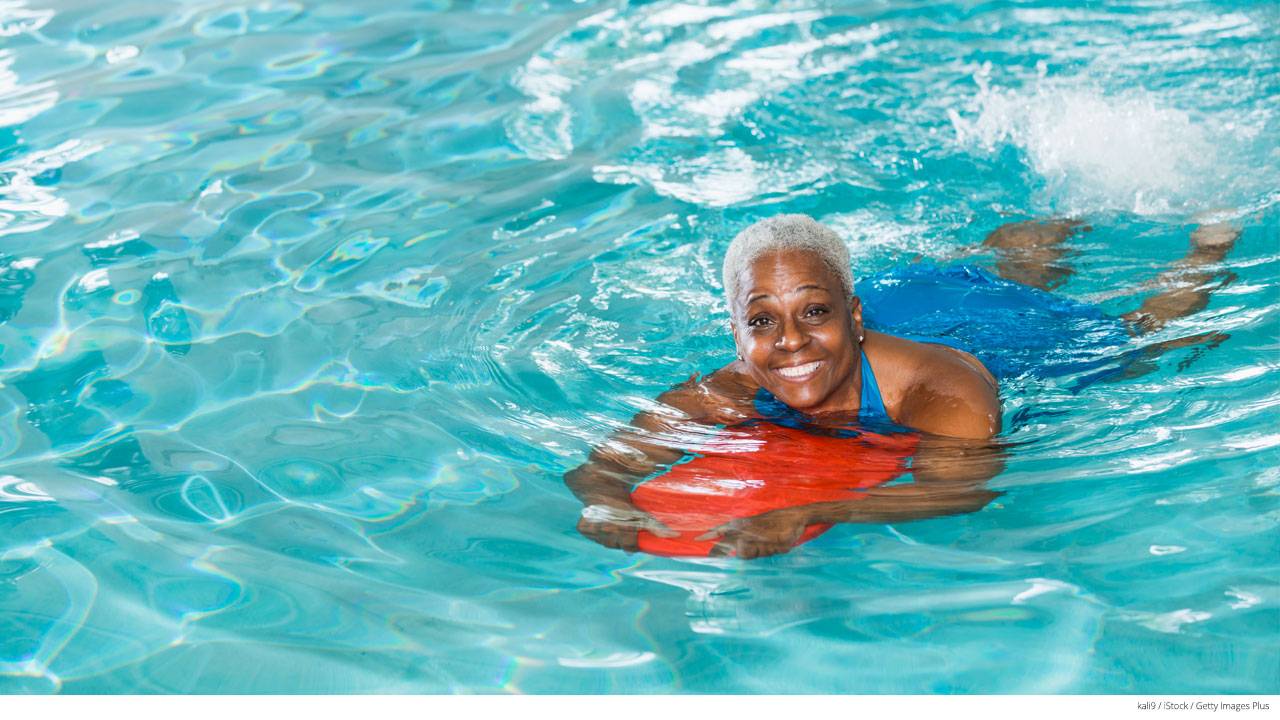Why swimming has big benefits for seniors and women
Not only can swimming be fun and rewarding, it’s also an incredible aerobic and all-over-body exercise. Because of the resistance and support water-based exercises provide, swimming is accessible to people of various ages and physical ability. Keep reading to learn more about the benefits of swimming for seniors and women.
Benefits of swimming for seniors
Swimming and other water-exercise is appropriate for people at any level of fitness. The resistance and support of water-based exercises make them an appealing option for seniors. Plus, there no risk of falling in water. Here are some of the many reasons seniors may benefit from swimming.
Helps improve health outcomes
Regular aerobic exercise, like swimming, can help:
- Improve muscle weakness and balance
- Decrease the risk of chronic illness
- Lead to improved health outcomes for those with diabetes and heart disease
- Help decrease disability in older adults
- Reduce the risk or Alzheimer’s and dementia
Easy on the joints and those with arthritis
Swimming and other water-based exercise can help improve the strength of affected joints without making symptoms worse. Because of the buoyancy of water, swimming doesn’t add extra strain or weight to the joints when exercising. In fact, it can decrease the level of weight-bearing stress on the joints.
Benefits of swimming for women
Swimming has a few benefits that are specific to improving women’s health, too.
Helps improve bone health
Women who begin swimming more regularly can help improve or maintain their bone health after menopause. For those experiencing or at risk of osteoporosis, swimming could be a positive addition to a regular exercise routine.
May help sugar regulation
Swimming has also been found to help women regulate their blood sugar. Swimming several times a week has been found to help women improve their glucose control and insulin sensitivity. And women don’t have to swim for hours at a time to see these results. High-intensity, intermittent swims had better results than long swims at low-intensity.
Is it time to get a new swimsuit?
Before you buy a new swimsuit and jump into the pool, make sure to talk with your doctor about making changes to your exercise routine. Working out in a healthy way is always better than overexerting your body, especially when pools of water are involved. Above all, have fun and be safe!
